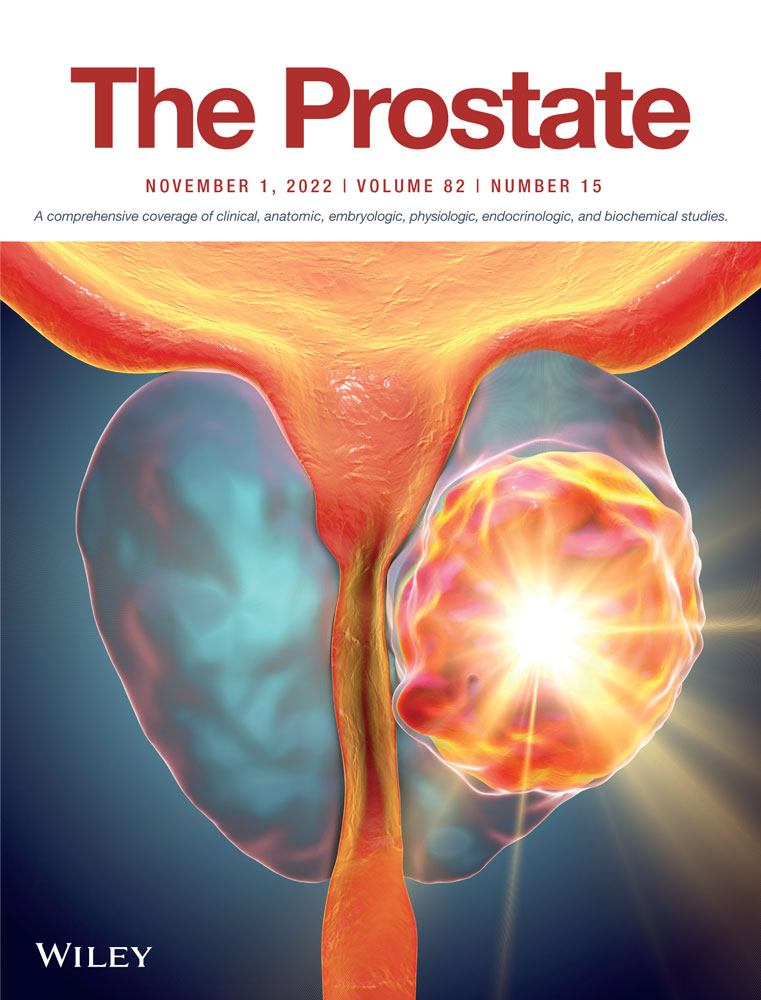Prognostic role of pan-immune-inflammation value in patients with metastatic castration-resistant prostate cancer treated with androgen receptor-signaling inhibitors
Abstract
Aim
To assess the prognostic effect of pan-immune inflammation value (PIV) in patients with metastatic castration-resistant prostate cancer (mCRPC) treated with abiraterone acetate (AA) or enzalutamide.
Methods
Patients with mCRPC treated with AA or enzalutamide between January 2010 and June 2021 were included in this study. The most recently examined complete blood count values in the 1-month period before treatment were used for calculating PIV. The relationship between overall survival (OS) and PIV was evaluated by multivariate analysis. By using PIV and lactate dehydrogenase (LDH) levels which had shown survival effect at multivariate analysis, PIV−LDH combined score was established.
Results
A total of 114 patients were included in this study. At the median follow-up of 34.6 months (95% confidence interval [CI]: 32.4-36.8), the median OS was 21 months (95% CI: 17.6−21.3). The median OS in the low-PIV group was significantly higher than in the high-PIV group (34.4 months (95% CI: 21.3–47.5) vs. 14.3 months (95% CI: 10.0–18.7), p < 0.001). In the multivariate analysis for OS, high PIV (hazard ratio [HR]: 1.86, 95% CI: 1.11−3.13, p = 0.018) and LDH value 1.5 times the upper limit of normal and above (HR: 3.65 95%, CI: 1.86−7.16, p < 0.001) were associated with shorter OS. When survival analysis was performed according to the PIV−LDH combined score, the median OS was 34.4 months (95% CI: 22.2–46.6) in the low-risk group, 17.7 months (95% CI: 11.7–23.6) in the intermediate-risk group, and 8.4 months (95% CI: 5.1–11.7) in the high-risk group (p < 0.001). The C-index of the combined PIV−LDH score was higher than the C-index of PIV (0.65 vs. 0.61).
Conclusion
In this study, we demonstrated that PIV was an independent prognostic factor for OS in patients with mCRPC treated with AA or enzalutamide. Additionally, PIV−LDH combined score may be considered a promising composite peripheral blood-based biomarker to predict OS in those patients.
CONFLICT OF INTEREST
The authors declare no conflict of interest.
Open Research
DATA AVAILABILITY STATEMENT
The data that support the findings of this study are available from the corresponding author [Y. Ü.], upon reasonable request.




